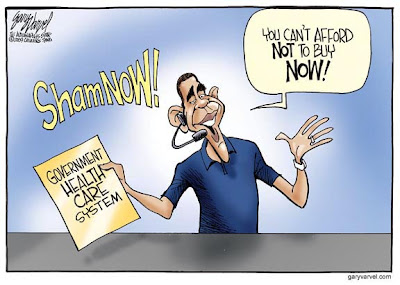 I worked my way through law school selling appliances and televisions for JC Penney. I did quite well, to the point that I actually took a small cut in pay when I accepted my first job as a lawyer. During that time, I came to understand that over the long haul, good salesmanship depends on having a good product, for without that, you lose the all important “word of mouth.” It also requires extensive product knowledge. It requires truth-telling: customers usually have good blarney detectors, and once they catch it, they won’t believe another word you say. High pressure doesn’t work on most people. Plus, good salesmanship is helped by a good personal narrative, making people want to buy. (For me, it was letting people know within one minute of my approach, that I was working my way through law school. It made potential purchasers of a refrigerator or stereo eager to help me.)
I worked my way through law school selling appliances and televisions for JC Penney. I did quite well, to the point that I actually took a small cut in pay when I accepted my first job as a lawyer. During that time, I came to understand that over the long haul, good salesmanship depends on having a good product, for without that, you lose the all important “word of mouth.” It also requires extensive product knowledge. It requires truth-telling: customers usually have good blarney detectors, and once they catch it, they won’t believe another word you say. High pressure doesn’t work on most people. Plus, good salesmanship is helped by a good personal narrative, making people want to buy. (For me, it was letting people know within one minute of my approach, that I was working my way through law school. It made potential purchasers of a refrigerator or stereo eager to help me.)
With that in mind, I found a column by two physicians in today’s Wall Street Journal about Obamacare illuminating about how badly the president has performed as a pitchman. First and foremost, the president has a bad product to sell. But let’s skip that for the moment. The president has exhibited an appalling lack of knowledge about the bill and the health care system. (Recall the whopper that surgeons receive $50,000 for a foot amputation and his blue pill/red pill example, as if we don’t already have a system that promotes the use of less expensive but equally efficacious medications.) As a consequence of his ignorance, he has usually spoken in banal generalities. From the column:
Mr. Obama and his advisers believe in implementing “best practices” that physicians and hospitals should follow. A federal commission would identify these practices. On June 24, 2009, the president appeared on “Good Morning America” with Diane Sawyer. When Ms. Sawyer asked whether “best practices” would be implemented by “encouragement” or “by law,” the president did not answer directly. He said that he was confident doctors “want to engage in best practices” and “patients are going to insist on it.” The president also said there should be financial incentives to “allow doctors to do the right thing.”
That is just inadequate to convincing anyone that the plan should be purchased. Bromides are no substitute for a few pithy and vivid examples of how a government-controlled best practices regulatory scheme would be superior to the one now used in private health insurance cost control features. (See, Eric Chevlin’s, “Confessions of a Health Care Rationier.”) Besides, most people believe that their physicians want to do the right thing.
On the level of truth telling, the president has also failed:
No government bureaucrat will come between you and your doctor. The president has repeatedly stated this in town-hall meetings. But his proposal to provide financial incentives to “allow doctors to do the right thing” could undermine this promise. If doctors and hospitals are rewarded for complying with government mandated treatment measures or penalized if they do not comply, clearly federal bureaucrats are directing health decisions. Further, at the AMA convention in June 2009, the president proposed linking protection for physicians from malpractice lawsuits if they strictly adhered to government-sponsored treatment guidelines. We need tort reform, but this is misconceived and again clearly inserts the bureaucrat directly into clinical decision making. If doctors are legally protected when they follow government mandates, the converse is that doctors risk lawsuits if they deviate from federal guidelines—even if they believe the government mandate is not in the patient’s best interest. With this kind of legislation, physicians might well pressure the patient to comply with treatments even if the therapy clashes with the individual’s values and preferences.
The devil is in the regulations. Federal legislation is written with general principles and imperatives. The current House bill H.R. 3200 in title IV, part D has very broad language about identifying and implementing best practices in the delivery of health care. It rightly sets initial priorities around measures to protect patient safety. But the bill does not set limits on what “best practices” federal officials can implement. If it becomes law, bureaucrats could well write regulations mandating treatment measures that violate patient autonomy.
Yup: The people are hep to the problem, and no amount of unctuous assurances from the president to the contrary will convince them otherwise.
Finally, the president’s urgency to pass Obamacare now failed to panic the populace, and then, he lost control of the personal narratives during the town hall debates. So, bad product, bad salesman: The only hope for the bill is hard ball politics—that is, the Democrats in the Congress recklessly shoving it through without regard to their constituents’ opinions. Absent that, I think Obamacare will go the way of Hillarycare—a result earnestly to be wished—with a far more modest plan passed to save face. Then, hopefully we will engage in a more modest reform effort that only seeks to fix the things that are actually broken.



